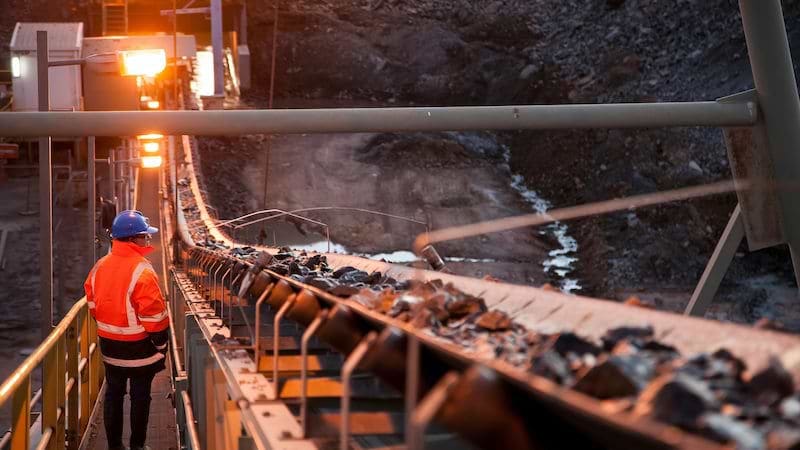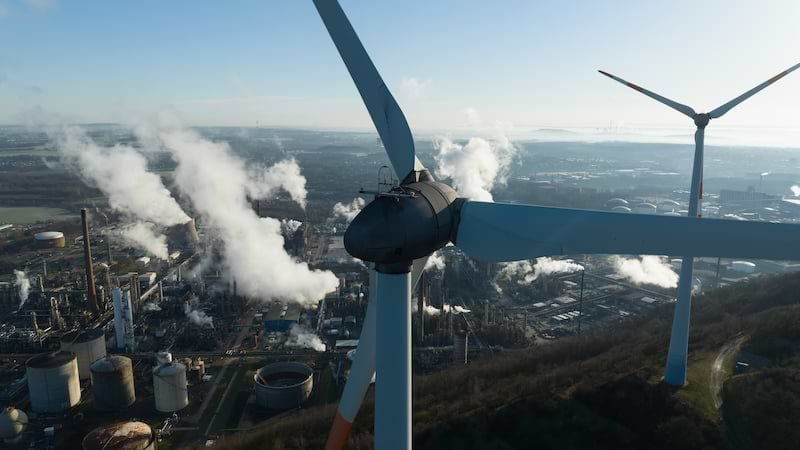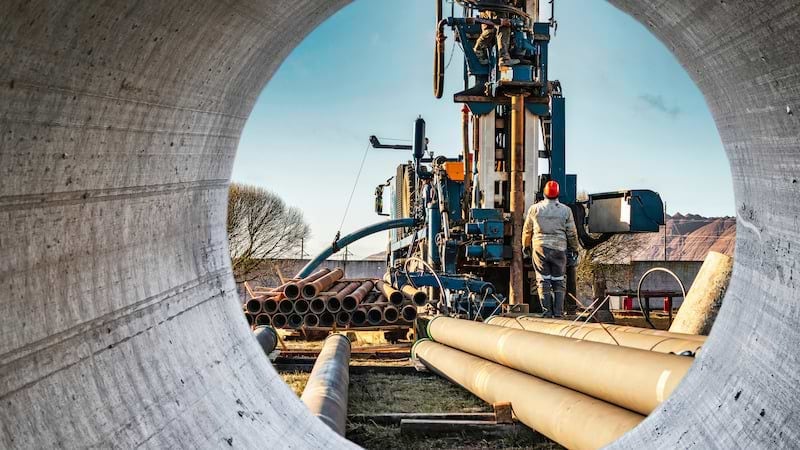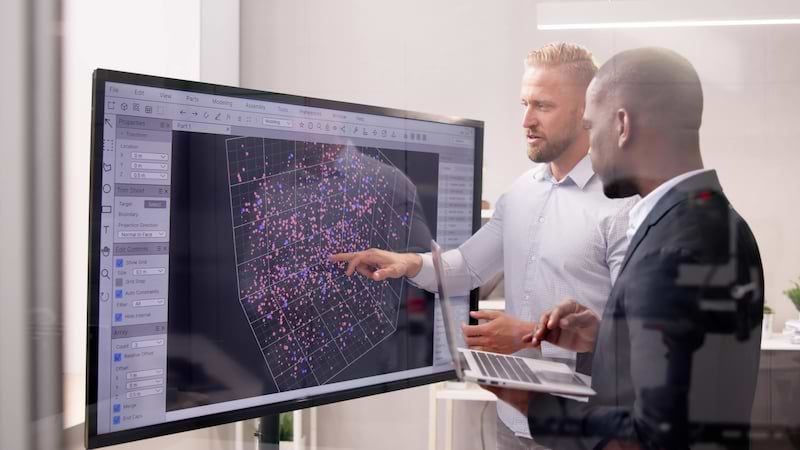Smart strategies and sharper execution so you can stay resilient and sustainable
Mining and metals

Demand for critical metals is surging. Supply chains are strained. Geopolitical risks are rising. Sustainability is no longer optional. The pressures are mounting.
At the same time, energy costs are up, markets are in flux and value opportunities are shifting—mining companies must adapt. To drive innovation and efficiency, they must integrate smarter tech into their circular strategies

Key trends impacting mining and metals

Demand for new minerals
Critical mineral demand is soaring to meet net zero, with lithium alone expected to grow over 40-fold by 2040. Graphite, cobalt, nickel and copper demand are also rising. These trends present massive opportunities for exploration and development.

ESG as a driver
Embedding ESG principles into your operations not only boosts long-term growth and strengthens investor confidence but also enhances your company’s social license to operate. Sustainable products, such as low-carbon aluminium can fetch premium prices in the market. And high ESG scores improve access to capital and financing, providing additional momentum for growth.

Deals to secure supply
M&A activity is shifting and the rising demand for critical minerals, plus geopolitical tensions, are disrupting supply chains. Nearly 40% of mining deals in 2023 involved critical minerals—a trend set to continue as companies seek assets with strong ESG credentials and links to government-backed projects.

Rising urban mining
Urban mining strengthens supply chains, reduces environmental impact and supports circular economy goals. With ‘green premium’ pricing on recycled metals, it’s becoming a competitive advantage.
How we can help
We help companies stay ahead—boosting efficiency, navigating regulations and securing future-ready supply chains. It’s no longer just about meeting today’s needs, it’s about planning for tomorrow’s.
- Driving productivity
- Securing critical minerals
- Transforming ways of working
- Sustainable decommissioning
- Meeting ESG expectations
Driving productivity
Commodity prices swing. Efficiency is critical. From exploration to extraction, we help companies optimise operations, cut costs and streamline logistics. Bringing together profitability and sustainability, side by side.
Securing critical minerals
Demand for critical minerals for batteries and rare-earth elements is soaring. But supply chains are tight, projects take years and technology is evolving fast. We help you anticipate shifts, secure resources and build resilience—so you can lead the energy transition.
Transforming ways of working
The mining industry is undergoing a transformation driven by AI, automation and digitalisation. We help you future-ready your people and operations—developing the skills and tech for what’s next.
Sustainable decommissioning
Mines don’t just close—they leave legacies. Governments, investors and communities demand responsible decommissioning. We guide you through sustainable closures, financing and long-term impact planning.
Meeting ESG expectations
It’s not just what you mine, it’s how. Investors, regulators and consumers want ethical sourcing, responsible supply chains and full ESG transparency. We help you meet evolving demands, strengthen reporting and build trusted relationships across the ecosystem.
Explore the domains of growth
Industries are reshaping around fundamental human needs, creating value through collaboration across interconnected domains that now replace traditional value chains.
Explore the domains relevant to your sector.
Explore our tax mining tool
Compare global mining rates, rules and tax information for key commodities.




Contact us

Jeroen van Hoof
Global Energy, Utilities and Resources Leader, Global Mobility Services
Tel: +31-88-7921328

© 2017 - 2026 PwC. All rights reserved. PwC refers to the PwC network and/or one or more of its member firms, each of which is a separate legal entity. Please see www.pwc.com/structure for further details. This content is for general information purposes only, and should not be used as a substitute for consultation with professional advisors.









